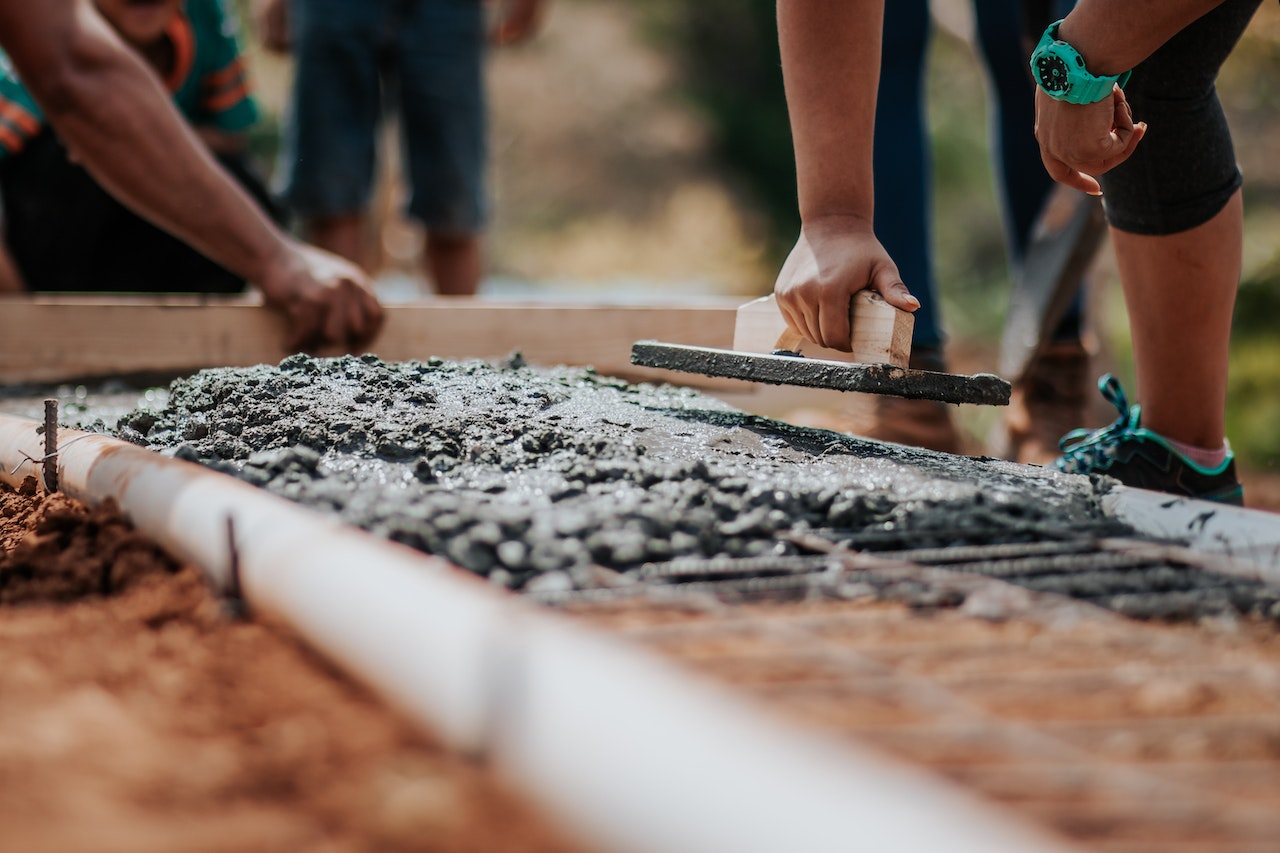Surety Bond Professionals is a family owned and operated bonding agency with over 30 years of experience. With access to a broad range of surety markets, our expert agents are ready to assist with all of your construction bond needs.
The Form Energy Battery Plant Project
Construction is scheduled to begin in 2023 on Massachusetts-based Form Energy’s new iron-air battery plant in Weirton, West Virginia, with battery production slated to begin in 2024. Weirton, a former steel town, was chosen as the plant’s location largely due to the financial incentive package offered by the state of West Virginia.
The $75 million allocated by the West Virginia Economic Development Authority to purchase the land, the site of a former steel plant, gave the state a major advantage against 15 other states competing for the project and 750 promised new manufacturing jobs. An additional $215 million in state and federal funds brings the total financial incentive package to $290 million.
Advantages of Iron-air Batteries
Form Energy describes iron-air batteries as longer-lasting, able to store electricity for up to 100 hours. Iron-air batteries also are reported as cheaper and more sustainably scalable than lithium-ion batteries. These qualities are essential to making renewable energy feasible on a large scale, even during periods of low renewable energy generation due to extreme weather.
The limited capacity of storage batteries has been one of the biggest barriers to deep decarbonization. More than 40% of carbon dioxide (CO2) emissions in the United States is due to electricity generation. Greater storage capacity would support greater use of wind and solar power for electricity generation, leading to a substantial decrease in CO2 emissions and a stronger, more robust electric grid.
Iron-air batteries also yield considerable cost savings, as iron is far less expensive than lithium, and air is free. And they are safer because they are not highly flammable as lithium-ion batteries can be.
Implications for Construction Companies
The continuing evolution of iron-air battery technology and the corresponding increase in storage capacity should help drive the development of additional renewable electric generating facilities, creating opportunities for construction companies. The increased ability to store renewably generated electricity could also spur growth in the solar and wind installation sector, with a ripple effect that increases the demand for new construction of factories for the production of solar panels, wind turbines, and other renewable energy system components.
Bonding Requirements
To take advantage of any of the construction opportunities created by the growth in the demand for renewable energy, contractors need to ensure they have the necessary bonding capacity. The specific bonds that may be required for a given project will depend on whether the project is publicly or privately funded or is jointly owned by a public/private partnership.
Public works projects, whether funded by the federal government, state government, or municipal entity, typically require the general contractor or prime contractor to furnish a bid bond, performance bond, and payment bond. Increasingly, private project owners are imposing the same bonding requirements.
- A bid bond ensures that the winning bidder will accept the job at the bid price.
- A performance bond is the contractor’s guarantee to complete the job according to contractual requirements.
- A payment bond legally obliges the contractor to pay subcontractors and suppliers according to the terms of their contracts.
Renewable energy construction projects may also require bid, performance, and payment bonds plus some that are specific to the job at hand, such as the following solar construction bonds:
- Right of Way Bonds—These may be required when state or local governments issue permits for the construction of solar generating facilities, and the work to be carried out involves alteration of public land or facilities. A right of way bond requires the contractor to comply with the terms of the permit and restore any public land or facilities that were disturbed or damaged during construction. The restoration must return such land or facilities to their pre-construction state.
- Maintenance Bonds—These surety bonds are sometimes referred to as operations bonds. They guarantee the contractor’s ongoing maintenance or operation of a renewable energy electric generating facility once it has been commissioned.
- Decommissioning Bonds—Also known as restoration bonds, these surety bonds guarantee that the contractor will properly decommission a solar or wind electric generation facility at the end of its life span (typically 25 years) and return the site to its original condition.
Establishing a relationship now with a surety bond provider now and building the necessary bonding capacity positions a contractor to take advantage of the anticipated increase opportunities resulting from growth in the demand for renewable energy sources.
Call Us Today
Our surety bond professionals will help you grow your revenue by maximizing your surety capacity. Call us today!





